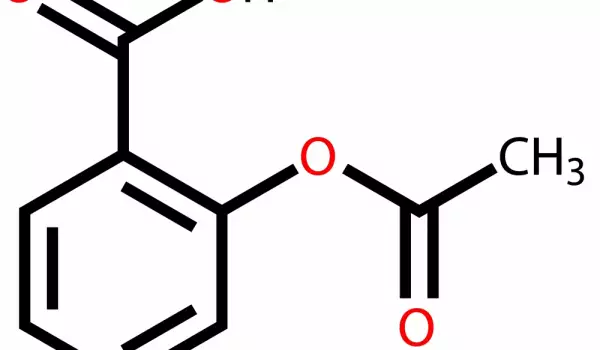Salicylic acid preparation is obtained for the first time from the bark of the white willow leaves of the evergreen wintergreen plant. Nowadays, it is prepared synthetically. Dermatologists increasingly mentioned this acid, which proves that there is an excellent antiseptic effect from it and helps to clean up the upper layer of the skin.
It is a colorless crystalline solid with a sweet taste. It is dissolved in hot water easily. Salicylic acid belongs to the group of medicines called keratolytics.
Selection and storage of salicylic acid
Salicylic acid is found in various commercial forms - in the form of gels, creams, shampoos, solutions for topical administration and the like.
Its concentration in the different preparations is varied between 0.5-2%. Salicylic acid may be purchased in the form of a white powder in packets.

Use of the salicylic acid
Salicylic acid is often used in shower gels, tonics, cleansing face foams and scrubs. Widely used in preparations against perspiration and in cosmetics against dandruff.
The best known application of salicylic acid is to use it as raw material for the preparation of aspirin. Another popular way of use is conserving goods with salicylic acid.
You are allowed to add it in small amounts in jams, jellies, marmalades and vegetables, because it protects against mold.
Salicylic acid in cosmetics
Salicylic acid is used to treat psoriasis, viral warts, acne, ichthyosis, atopic and seborrheic dermatitis. It has a strong keratolytic effect of depth in the corneum stratum, causing exfoliation. The normal keratinization increases the hydration by reduction of pH.
Salicylic acid is related to beta hydroxy acids and is the only one of this group, which has found wide application in cosmetics. It is well dissolved in fat, so it has a good exfoliating effect, as it has the ability to pass through the fat layer and penetrate deep into the skin. This ability is crucial for the treatment of acne.
It cleans the skin from pollutants, tightens pores and thereby prevents the occurrence of unpleasant blemishes. Cosmetics with salicylic acid can be used for oily, dry and combination- types of skin.

To have a good effect, pay special attention to the concentration of silicic acid in the product. Most preferably, it is for exfoliating the corneum stratum of the skin, when applied in a 1-2% concentration.
The task of salicylic acid applied in cosmetics is to regulate cellular renewal of the skin and removes unnecessary layer of the epidermis. It provides antibacterial and anti-inflammatory effects, heals inflamed areas and accelerates the removal of break outs. Has antifungal and bacteriostatic properties and light deodorizing effect.
People with dry skin should not use products with salicylic acid for more than half a year. After this period, you need a rest for at least 3 months.
Salicylic acid is used to remove corns and calluses formed in adults.
Dangers of salicylic acid
Salicylic acid can cause allergic reactions. People with sensitivity to salicylate /aspirin/ should not use it. This also applies to pregnant women and nursing mothers. During the period that you use salicylic acid, you should not visit a solarium or sunbathe.
Salicylic acid should not be used on broken, or inflamed skin. There are no known drug interactions. Side effects of salicylic acid may include irritation, discomfort and contact dermatitis.




















Comments